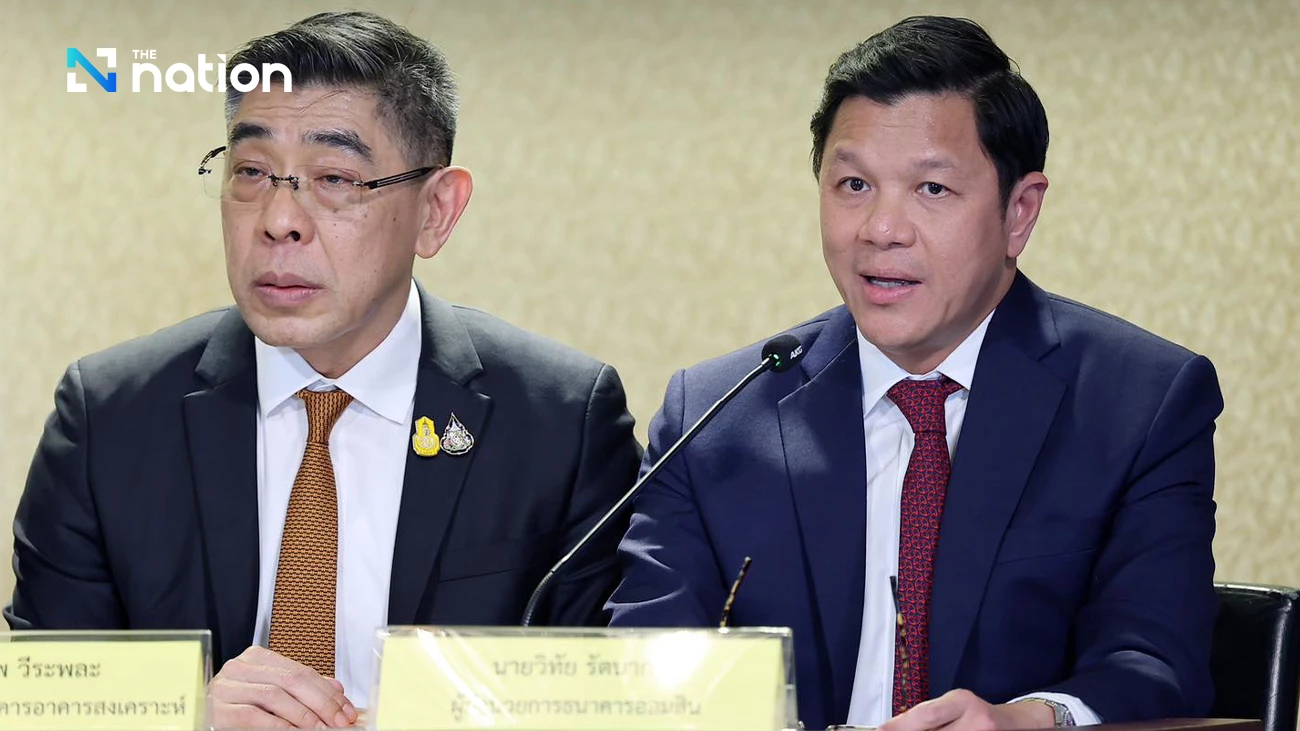Cashing out

HONG KONG - Adoption of a cashless system is likely to be skewed, with more developed economies - with more affluent shoppers and more sophisticated businesses - likely to forge ahead.
Within two weeks of its launch last month, TPay, a new hands-free payment system in South Korea, attracted 100,000 subscribers.
The launch marks South Korea’s latest step towards all but eliminating paper cash, something it wants to do by the end of the decade. The culture of “pali-pali!”, which means “faster!”, is widespread in the country, where people are quick to embrace new technologies.
South Korea may be leading the way, but it is not alone in its efforts to do away with paper cash. The rise of new and more convenient payment methods in the last few years is driving countries across Asia to seriously consider going cashless.
“Ten years from now, most developed societies will be heavily cashless. Consumer usage models (show) that consumers are now pulling for a cashless society,” said Zennon Kapron, founder of Kapronasia — an Asia-focused consultancy that gives strategic advice to financial technology firms.
“When you look at e-payments across Asia, certainly Asia is ahead in digital payments. Many countries are shifting beyond the Internet. By and large, people shift to mobile payments quite quickly.”
Kapron said South Korea’s shift away from cash is being led by consumers. “When you have such an efficient credit-card infrastructure, there’s less incentive to use cash.”
TPay is unique in that it links Bluetooth low energy (BLE)-enabled mobile payments to carrier billing. BLE consumes considerably less power while maintaining the short-range data transfer capability of the original Bluetooth system. It allows users to make purchases without touching their phones.
The app, which was launched by SK Telecom in partnership with Korea Smart Card Corp, provides the service that makes it possible to make payments of as much as 500,000 won ($435) per month without a mobile wallet or even a customer’s financial details.
The average South Korean carries less cash around every year. Last year, the average amount was 74,000 won, down 3,000 won from 2014. This has caused a steady drop in the number of automated teller machines (ATMs) across the country.
A business report published by five major banks in the country stated that the number of ATMs dropped in 2015 by 1,378, or 4.4 per cent, compared to 2014. And the speed of elimination is rising. In 2014, banks closed 899 ATMs. With cash being used less and less, the Bank of Korea announced this year plans to go cashless by 2020.
Adoption of a cashless system is likely to be skewed, with more developed economies — with more affluent shoppers and more sophisticated businesses — likely to forge ahead as these can more easily absorb the costs of maintaining the necessary infrastructure to eliminate cash.
“Developed societies will take the lead because there are fees associated with cashless transactions,” said Ben Simpfendorfer, an economist, author and founder of consultancy Silk Road Associates.
The cost of maintaining paper cash is high but it is fully covered by governments and central banks that produce the cash, print it and distribute it, not to mention store excess reserves.
McKinsey & Company, a global management consultancy, said cashless societies are cheaper to run, with cost cuts equivalent to between 0.1 and 1.1 per cent of GDP. Rather, it is the private sector that takes the burden of developing and maintaining the infrastructure necessary to eliminate paper.
“I’m thinking about Hong Kong taxi drivers, who refuse to use mobile payments because they are more expensive,” said Simpfendorfer.
The Chinese mainland is less likely than South Korea to go cashless any time soon, but the intent is there too. Cheaper mobile phones and the growth of third-party payment systems like Alipay make this a real possibility.
“Although the People’s Bank of China is talking about digital currencies and potentially going cashless, they’re a little bit lacking in infrastructure for now. The drive in China comes from third parties, instead of governments,” said Kapron of Kapronasia.
China will have to address a number of infrastructural hurdles before it can truly think about eliminating cash altogether. The country has the largest share in the world of people using their mobile phones to make payments, both online and for physical purchases.
In mid-2015, China had 359 million online payment users, up almost 18 per cent in six months, according to the State-backed China Internet Network Information Center. Mobile transactions were valued at about 9.3 trillion yuan ($1.4 trillion) last year, up 57 per cent year-on-year, according to one industry estimate.
The dominant mobile and online payment providers are e-commerce giant Alibaba, with nearly three-fourths of the market, followed by Tencent, the operator of the popular messaging app WeChat, with some 17 per cent of the market, according to Beijing-based BigData Research.
This move away from paper cash is particularly visible in larger cities. Cheap items like fresh vegetables, milk and movie tickets can all be bought online, which creates fewer incentives for tech-savvy younger people to use cash.
There are dangers, however. And one that worries some people is an erosion of privacy. A solution to this concern could lie in technology, said Roger Ver, a Bitcoin investor who believes cryptocurrencies (such as Bitcoin, which use cryptography to secure the transactions) could help economies go cashless without invasive government controls.
Ver said there are two ways for a society to go cashless. One, where every single transaction is tracked, controlled and monitored by the government. Another, which he prefers, is where everybody has the ability to be as private as they want to be in their financial transactions. “I think Bitcoin is more likely to bring this about,” said Ver.
“I would much rather live in a world where I have access to an anonymous quantity of cash instead of a world where every single transaction done by every single human being is controlled by other human beings. I think that’s kind of a scary world,” he said.
The shift to a cashless society is likely to take a while. In smaller and less-developed cities, cash is still king. The same is true of many of Asia’s least-developed countries, where technological leaps can be uneven and clearly delineated between urban and rural areas.
In less advanced markets such as India, cash on delivery is still the common practice among a high percentage of online shoppers. Interestingly, India also has the highest share of online shoppers willing to use digital currencies.
Indian shoppers are rapidly jumping on to the mobile wallet bandwagon. A mobile wallet is the digital equivalent of the physical wallet. It stores digitized value for authorization, which grants permission for access to goods, services or places. The number of mobile wallet users in India has already surpassed the number of credit card users.
The Reserve Bank of India (RBI) said that there were 22 million credit cards issued by 55 banks as of November 2015 but 100 million mobile wallet users.
By 2020, the mobile wallet market in India is projected to be worth $6.6 billion.
The RBI has already started working toward making India a cashless economy and to bring in accountability and transparency for each financial transaction.
Among the major players in this space are Paytm, Mobikwik, Freecharge, PayU, Oxigen and Citrus Pay. Mobikwik alone has a user base of more than 25 million.
Overall, emerging markets in Asia Pacific are ahead of developed markets when it comes to the adoption of innovative payment methods, according to research by yStats.com. Making payments with the wave of a credit card over a reader or a digital wallet such as PayPal is common.
In Singapore, 45 per cent of shoppers use contactless payments that bypass paper cash. In Taiwan, the figure is 41 per cent and in Hong Kong, 32 per cent — all of which are above the 26 per cent average globally.
In Indonesia, about two-thirds of shoppers rely on direct bank transfers to avoid using paper cash. The central bank in the Philippines plans to issue its own digital currency. India and Israel have considered the same idea.
Asia is leapfrogging the West in the push to eliminate cash.
In 2014, Visa and MasterCard processed $3.5 trillion worth of credit card transactions in the United States alone but, despite the enormous transaction volume, payments made directly from smartphones (without the use of a physical credit card) represent less than 0.5 per cent of the market.
Accenture reported that while 52 per cent of North Americans are “extremely aware” of mobile payments, only 18 per cent use these on a regular basis. Europe too lags behind Asia.
“Europeans were the first ones to get into mobiles, so it kind of makes sense that Europe should be ahead of it, but there’s been a real struggle. One of the challenges is the fact that it has 20-something countries with different banks, and each has its own standards. Things in the West have moved much slower as a result,” said Kapron.
China, which has almost twice as many people but a single regulator, can progress much faster.
For regulators, there are a number of benefits to eliminating paper cash. At the top of the list is transparency in financial transactions, which can help minimize crime.
McKinsey said that countries where the ratio of cash payments falls below 50 per cent tend to have a more transparent financial environment, with the size of the shadow economy falling to below 12 per cent of GDP.
RELATED





